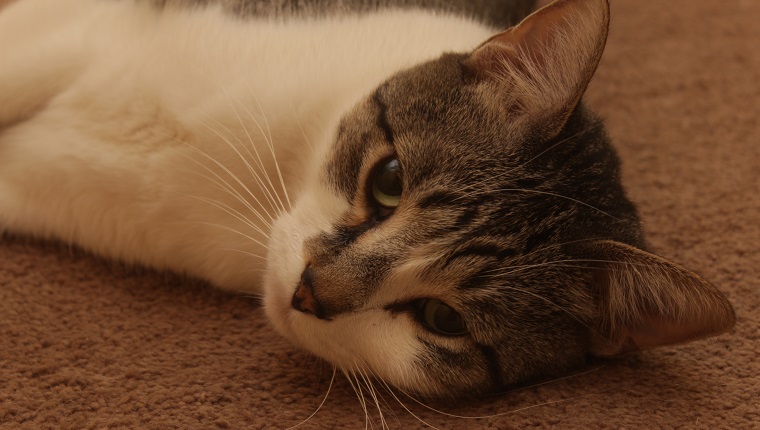Septic arthritis in cats is an inflammatory condition that sets in when bacteria and infectious microorganisms enter a cat’s joints. The cause is often a traumatic injury or surgery on the joints.
Thankfully, while the condition is quite common in dogs, it is pretty rare in cats.
If you see signs that your cat might be suffering from the symptoms, then you must consult your veterinarian for a proper diagnosis and course of treatment. Here’s what you should know about the symptoms, causes, and treatments of septic arthritis in cats.
Symptoms Of Septic Arthritis In Cats
Septic arthritis in cats can result in a number of symptoms that affect the joints and the areas around them. Some of the most common symptoms include:
- Lack of mobility
- Pain around the joints
- Loss of appetite
- Fever
- Joints feeling warm or hot to the touch
- Swelling around the joints
Causes Of Septic Arthritis In Cats

Septic arthritis usually affects cats with weaker than normal immune systems. Some of the common causes include:
- Infection after an injury
- Infection arising during surgery
- Bacterial derived from fungal infections
- Bacterial infections
- Infection after being bitten (often by another animal)
Treatments For Septic Arthritis In Cats
If you suspect that your cat is suffering from septic arthritis, your veterinarian will want to carry out a full physical examination. They’ll most likely order blood and urine tests, along with X-rays of any areas that the condition seems to be affecting.
Your vet will also ask about any recent events or circumstances that might have allowed the opportunity for the condition to develop.
When confirming a diagnosis, it’s vital for vets to test and analyze fluid from the affected joints. The vet may need to sedate your cat while they carry out this process.
When the vet confirms their diagnosis, they’ll usually prescribe antibiotics as a first measure to help deal with the condition. If your vet prescribes a course of antibiotics for your cat, you must stick to the precise dosage and frequency instructions, along with completing the full course of medication.
Along with antibiotics, treatment often involves draining fluid that has accumulated around the affected joints. As an alternative to surgery, vets also sometimes use a less invasive process called arthroscopy, as well as using flushing catheters.
While your cat recovers in the home environment, cold packs and compresses can help to manage the condition. Additionally, you should reduce your cat’s activity during the recovery period.
Has your cat ever suffered from a case of septic arthritis? How did your vet help your kitty recover? Tell us all about it in the comments below.









